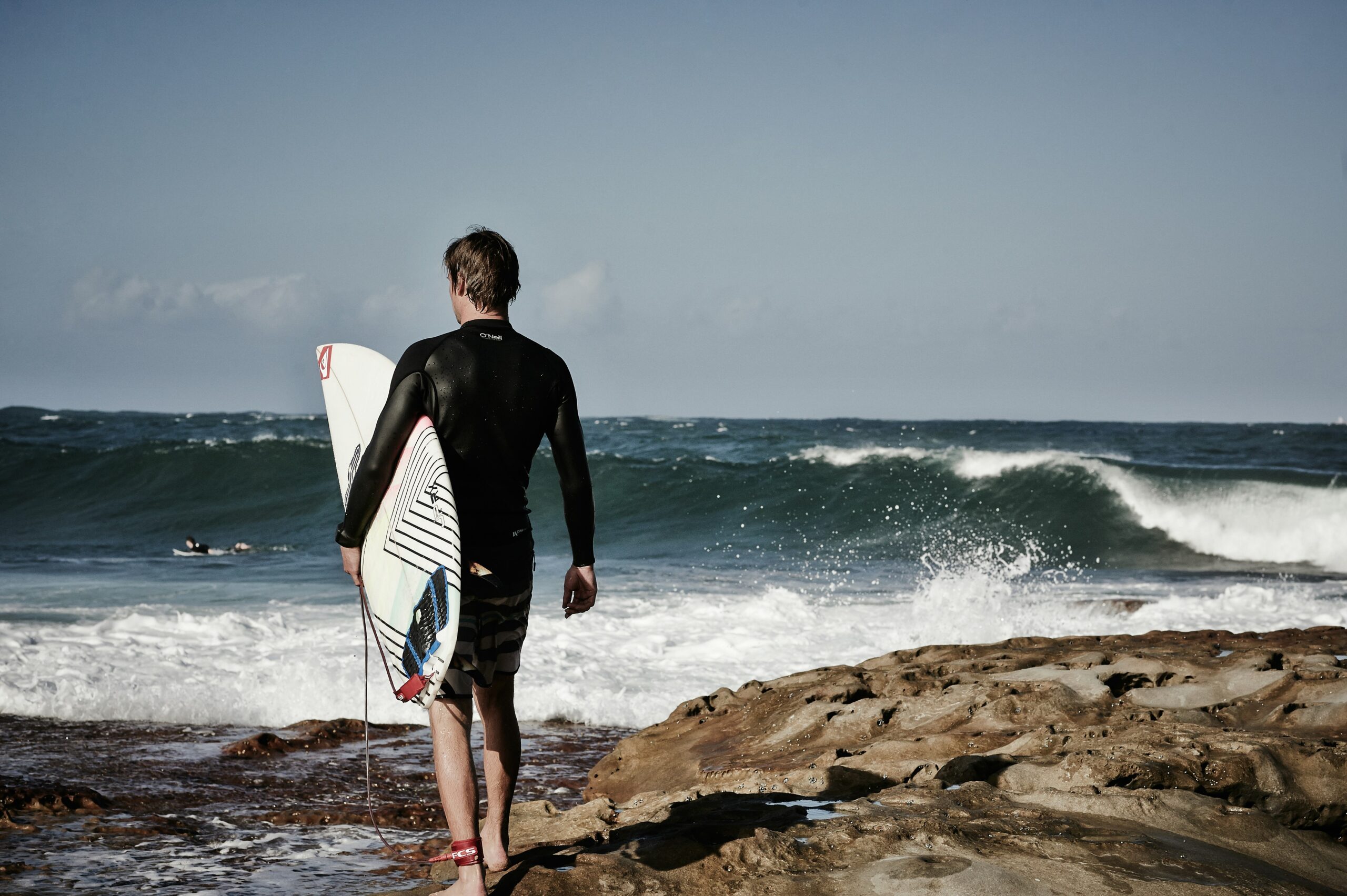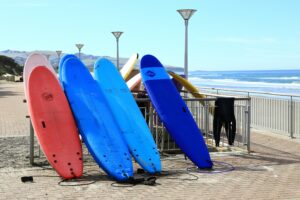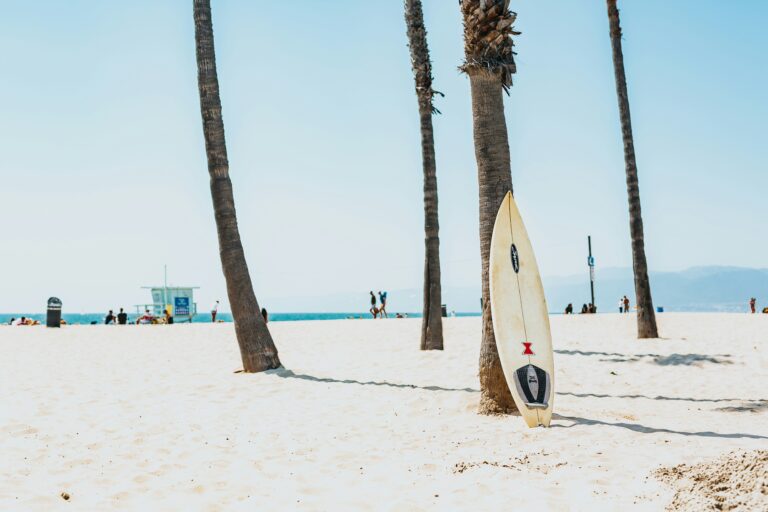As you embark on your surfing adventures, safety should always be a top priority. Ankle leashes, also known as surfboard leashes, are indispensable tools that keep you connected to your board, ensuring both safety and convenience in the water. In this comprehensive guide, we’ll explore everything you need to know about ankle leashes: how they work, how to use them effectively, and essential factors to consider when choosing the right one for your surfing needs.
Understanding Ankle Leashes: Ankle leashes are vital accessories designed to tether the surfer to their surfboard, preventing the board from drifting away in the event of a wipeout or a strong current. Typically made from durable materials such as urethane or neoprene, ankle leashes consist of a cuff that secures around the surfer’s ankle and a cord that attaches to the board’s tail.
How Ankle Leashes Work: When worn correctly, ankle leashes provide a crucial lifeline between the surfer and their board. In the event of a fall or wipeout, the leash prevents the board from being swept away by the waves, allowing the surfer to quickly retrieve it and resume riding. Additionally, ankle leashes enhance safety in crowded lineups by minimizing the risk of runaway boards colliding with other surfers.
Using Ankle Leashes Effectively:
- Proper Attachment: Secure the ankle leash around your ankle using the adjustable cuff, ensuring a snug but comfortable fit. The leash should be attached to the tail of your surfboard using the provided leash plug or attachment point.
- Correct Length: Choose an ankle leash length that matches the size of your surfboard. Longer leashes are suitable for longer boards, while shorter leashes are ideal for shortboards and high-performance surfing.
- Positioning: Position the ankle leash on your back foot, as this allows for better maneuverability and control while riding waves. Ensure that the leash does not impede your ability to paddle or maneuver the board.
Choosing the Right Ankle Leash:
- Length: Select an ankle leash length that matches the size of your surfboard. Longer boards typically require longer leashes to prevent the board from recoiling and hitting you after a fall.
- Thickness: Consider the thickness of the leash cord, as thicker cords offer greater durability and strength, especially in larger surf conditions.
- Swivel Mechanism: Look for ankle leashes equipped with a swivel mechanism near the cuff attachment, as this prevents the leash from tangling and allows for unrestricted movement while surfing.
- Comfort and Fit: Opt for ankle leashes with padded cuffs and adjustable straps for maximum comfort and a secure fit around your ankle.
Ankle leashes are indispensable accessories for surfers of all skill levels, providing peace of mind, safety, and convenience in the water. By understanding how ankle leashes work, using them effectively, and considering key factors when choosing the right one, you can surf with confidence, knowing that your board will always be within reach. So, before you hit the waves, don’t forget to strap on your ankle leash and enjoy the thrill of surfing with added security and control.












